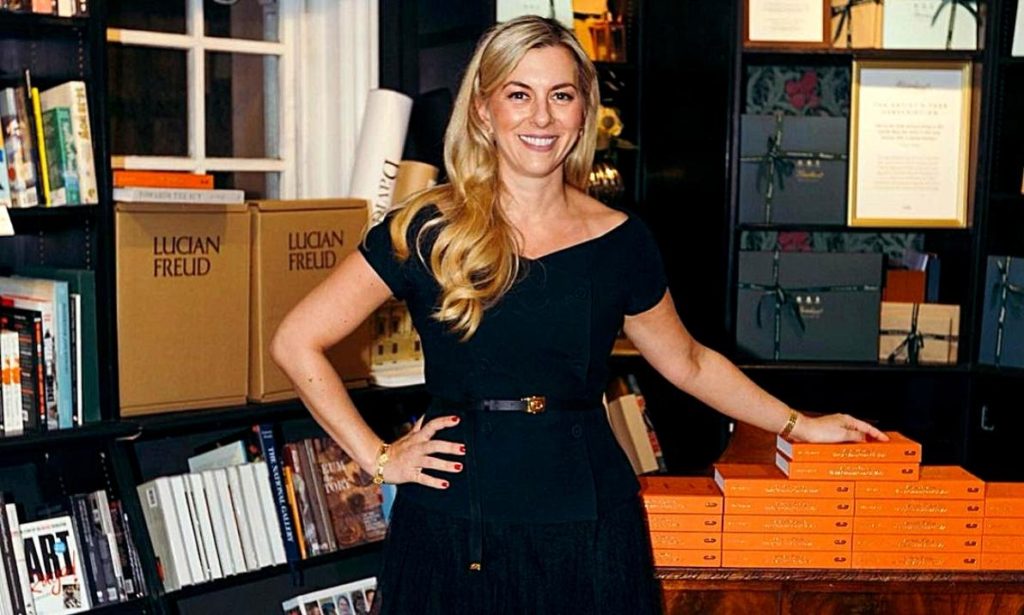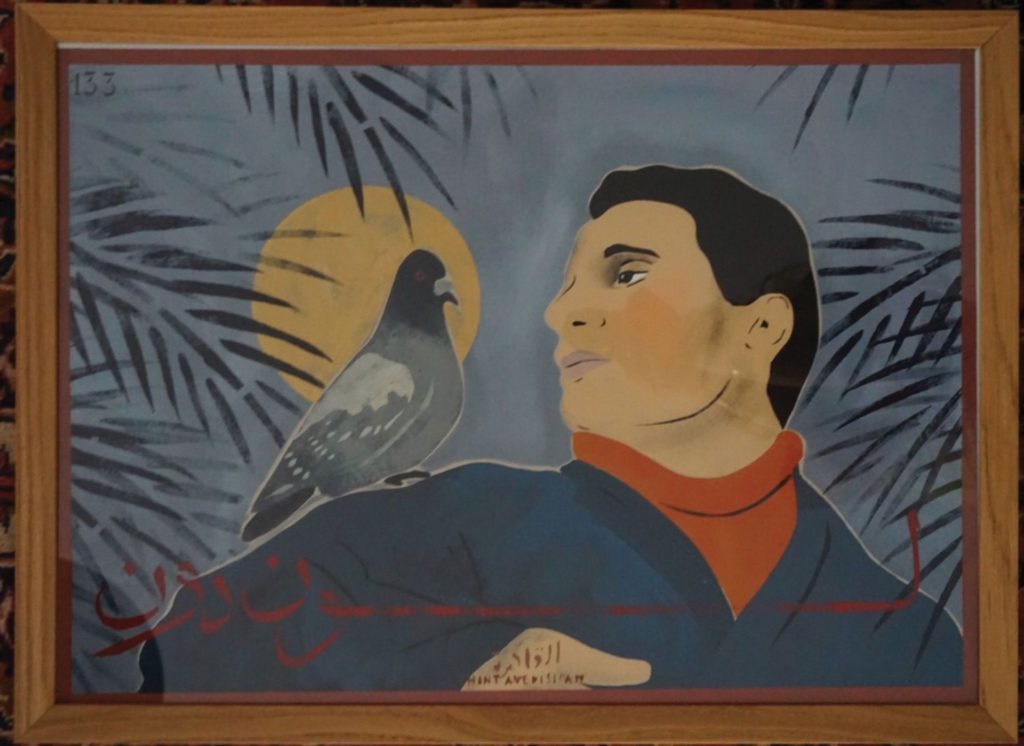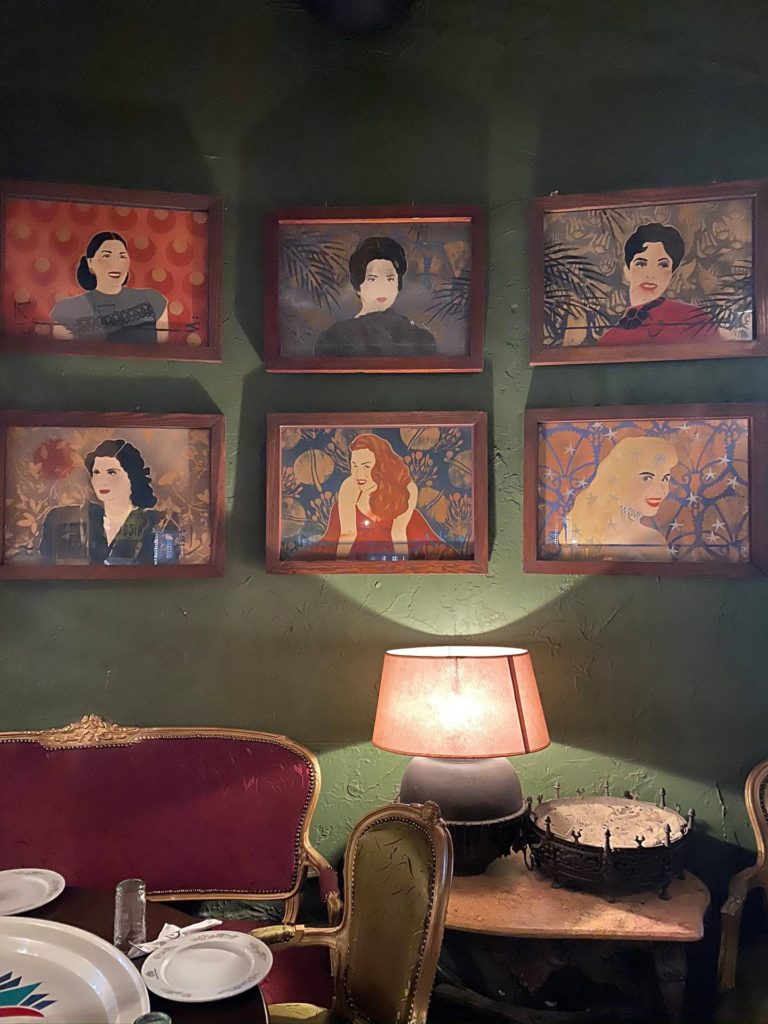The philanthropist and art collector Christina Makris shares her experience after visiting 6 continents and over 100 cities in her book Aesthetic Dining. The book is a guide to art restaurants; it’s where food meets great art. The book is about visual taste in 25 of the best restaurants around the world; from Hong Kong, New York, to Cairo. In the book, she describes her findings of arts and restaurants. The book opens with her visit to Cairo, with mentions of her favorite restaurant in Zamalek and her favorite Egyptian painter! Here’s the full scoop.
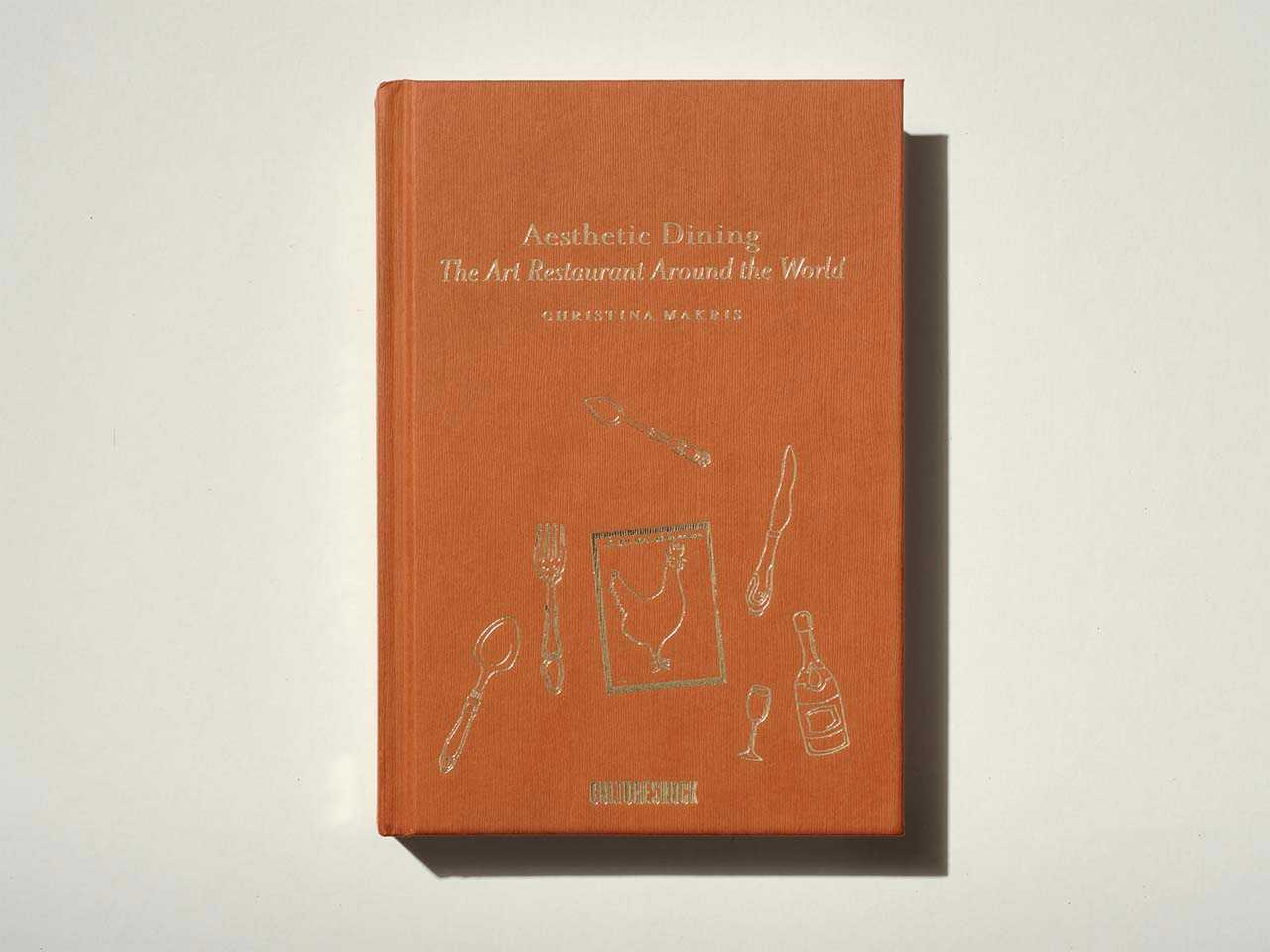
Christina
Christina Makris is originally an academic with a PhD in philosophy. She naturally incorporates her philosophical views into her art collection! She collects art and takes it very seriously. So seriously that she has an exhibition in her bathroom; as art fills her whole life. According to the Art Newspaper, the most expensive art piece she owns is an Abdel Halim Hafez painting by the Egyptian artist Chant Avedissian, as it holds sentimental and symbolic value for her.
Her journeys
In her journeys, Christina visited restaurants, meeting artists and chefs from all over the world. She discusses in her book about 24 art collections that she’d stumbled across during her trip around the world. Each one has a mesmerizing story behind it, and she walks you hand in hand in her book to imagine and understand the idea of aesthetic dining as well as the visual taste of art next to food.
Her adventure started when she noticed that some restaurants display museum-quality art. That intrigued her to dig into the history of those art pieces and she learned that Chagall, Matisse, and Picasso would go to restaurants and exchange their art pieces for a meal or for a fully paid tab!
In her book, Makris describes the mixture of food with art as ‘an elevation of the quotidian‘. Every day we’re surrounded by art and food, and it might go unnoticed, but chefs are artists just like painters. The difference is that one is immortal, and the other is an intimate experience of one person for a short period of time. They both are ways of self-expression; as they are about taste, taste in art, and taste in food. Both mediums have the capacity to induce memory, sensations, and emotions; experienced together, these feelings can be enhanced.
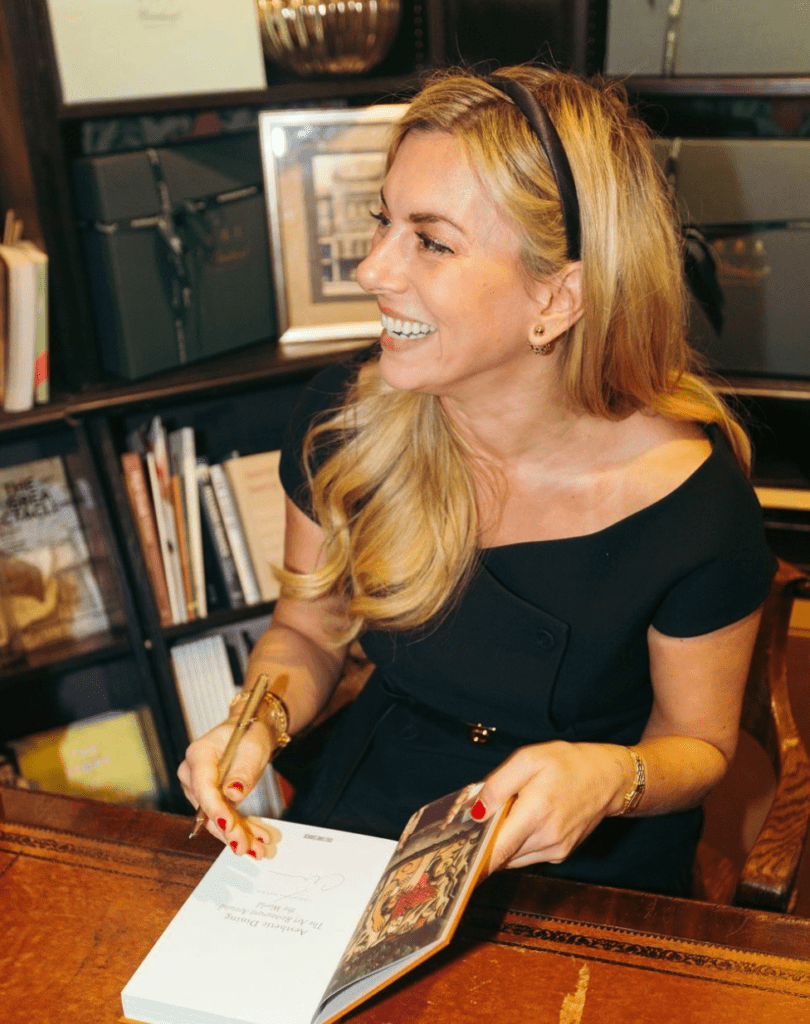
I just want people to go to these restaurants that incorporate art and just, you know, eat slowly and look and let it sort of happen to them. I think in this kind of aesthetic dining, something different happens to your senses and we behave differently in front of art
Says Christina Makris
Additionally, one of Christina Markis’ goals for writing this book is to discuss that restaurants can be like art exhibitions, that they’re no different from a gallery where people get to display their artworks.
Cairo
Aesthetic Dining opens with Cairo during the medieval period. The book tells the story of a poor cook called Abou El Sid who was skilled in gastronomy. He worked in an eatery in Zamalek, which is owned by the Egyptian art collector, Raouf Lotfi, who stylized the restaurant himself. Abou El Sid cooked and served his food in a manner that collected oriental food and a decorated dining room. This all together created a mood that can only be described in a parallel universe, as it is neither in this time nor this place.
The art pieces exhibited were by the Egyptian-Armenian artist Chant Avedissian, who was actually a friend of Lotfi. Chant Advedissian was the biggest-selling living Arab artist, as he sold his masterpiece Icons of the Nile for $1.5 million in Doha. However, Lotfi was the one who set Avedissian on the right track in the art world.
Actually, Chant Avedissian insisted on hanging up his art on the wall unframed. Saying that this way, his work would “age and degrade with time, surrendering to the space and conditions of a living restaurant.” But Lotfi didn’t do that. He hung up the paintings in frames. That included pieces from his two collections, Cairo Stencils, and Icons of the Nile. That includes drawings of many public figures from Egypt’s 1950s pop culture. From Tahia Carioca, Laila Mourad, Sabah, and Umm Kulthum.


